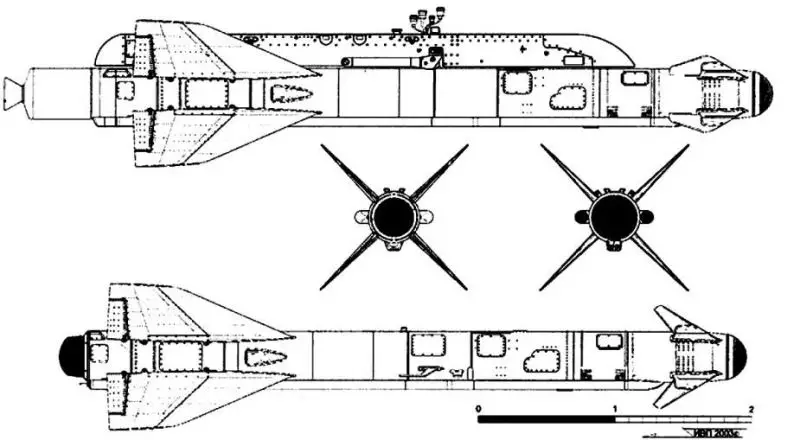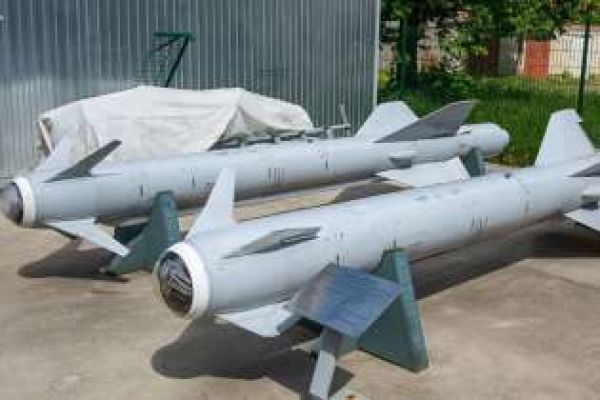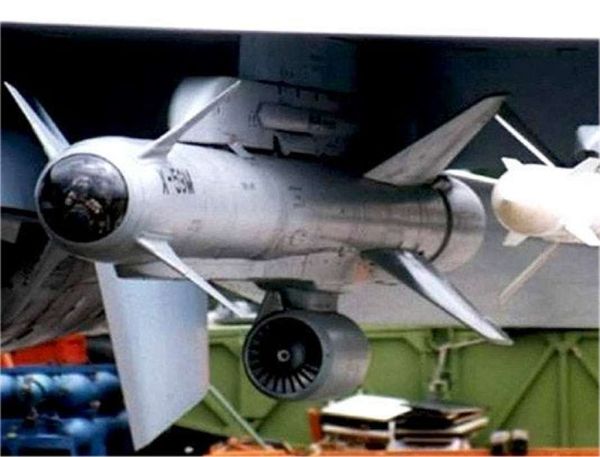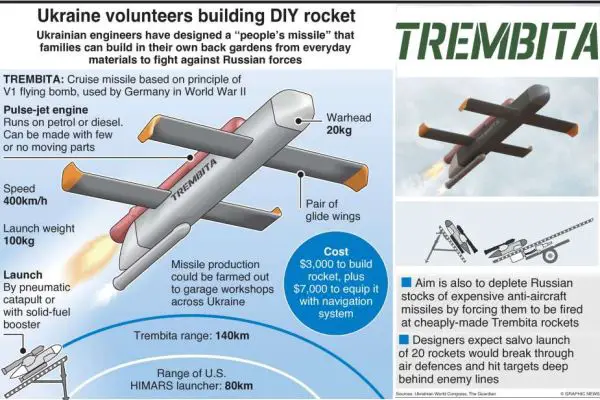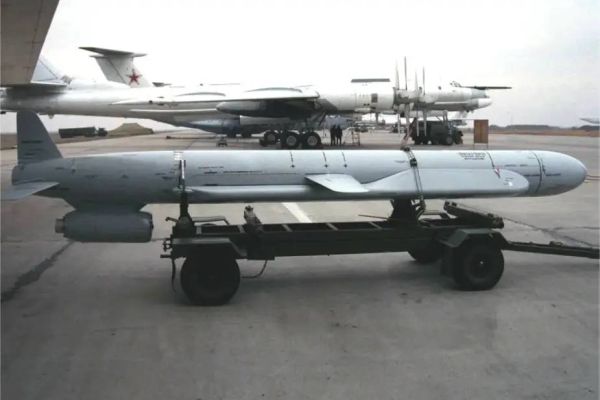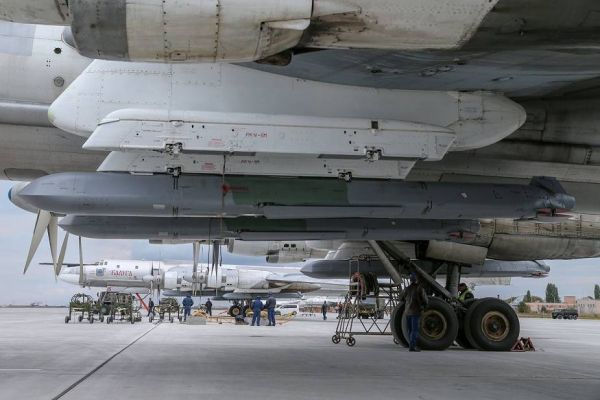Cruise missiles.
Kh-59 Ovod AS-13 Kingbolt.

The Kh-59 cruise missile NATO-code named AS-13 Kingbolt, developed by the Russian Tactical Missiles Corporation (KTRV), is an air-launched subsonic missile designed for precision strikes against both land and sea targets. Introduced in the 1980s, the Kh-59 has undergone various upgrades to enhance its operational capabilities, making it a key asset in Russia's tactical strike arsenal.
Country users: Algeria, China, India, Russia
Description
The Kh-59, NATO-code named AS-13 Kingbolt missile's development began in the late 1970s, with the aim of providing Soviet forces with a reliable precision strike capability. Entering service in the 1980s, the missile was designed to engage both hardened and moving targets with high accuracy. Over the decades, it has been integrated into various aircraft, including the Su-24M and Su-34, which serve as its primary launch platforms. These aircraft enhance the missile's deployment flexibility and effectiveness in various combat scenarios.
Kh-59 Ovod AS-13 Kingbolt variants:
- Kh-59 (AS-13 'Kingbolt'): The original version with TV guidance for targeting static ground targets.
- Kh-59M (AS-18 'Kazoo'): Upgraded with increased range and enhanced guidance systems.
- Kh-59ME: Export variant of the Kh-59M with similar capabilities.
- Kh-59MK: Anti-ship variant featuring an active radar seeker.
- Kh-59MK2: Stealthier version for land targets with reduced radar cross-section.
- Kh-59M2: Improved accuracy and new guidance system with ECCM capabilities.
- Kh-59M2E: Export variant of the Kh-59M2 with enhanced precision and ECCM.
Technical Data
-
Design
The Kh-59 features a streamlined design optimized for low-altitude flight to evade enemy radar and defenses. The missile is 5.37 meters long, with a wingspan of 1.26 meters and a diameter of 0.38 meters. At launch, it weighs 930 kg. The missile's design allows for efficient flight dynamics and effective target engagement, even in challenging environments.
-
Warhead
The Kh-59 is equipped with a high-explosive fragmentation or penetration warhead, weighing 320 kg. This warhead is designed to maximize damage to a wide range of target types, including fortified structures and mobile units. The missile's versatility is further enhanced by its ability to deliver precise strikes with minimal collateral damage.
-
Propulsion
The propulsion system of the Kh-59 consists of a solid-fuel rocket booster for initial acceleration and a turbojet sustainer engine for cruise flight. This dual propulsion system enables the missile to reach speeds between 900 and 1,050 km/h, ensuring a swift approach to the target while maintaining low-altitude flight to avoid detection.
-
Guidance System
Guidance and navigation are critical components of the Kh-59's effectiveness. The missile uses an inertial navigation system (INS) for mid-course guidance, ensuring accurate trajectory maintenance. For terminal guidance, it employs either an electro-optical (EO) seeker or TV guidance, allowing for precise target acquisition and engagement. The dual guidance system provides a circular error probable (CEP) of 2-5 meters, ensuring high precision and effectiveness in combat scenarios.
-
Combat Use
In combat, the Kh-59 is deployed from aircraft such as the Su-24M and Su-34, which are equipped to handle its size and weight. These aircraft launch the missile from medium to long ranges, allowing them to strike targets while staying out of reach of enemy defenses. The missile's extended range of 200-285 km ensures it can engage targets deep within hostile territory without exposing the launch platform to unnecessary risk. The Kh-59's low-altitude flight profile, combined with terrain-following capability, makes it difficult to detect and intercept, enhancing its survivability and effectiveness in hostile environments.
Overall, the Kh-59 cruise missile represents a significant advancement in air-launched precision strike technology. Its sophisticated design, robust warhead, efficient propulsion, and advanced guidance system make it a formidable weapon capable of neutralizing a wide range of strategic and tactical targets with high precision.
Specifications
-
Type
Air-launched long-range cruise missile
-
Country users
Algeria, China, India, Russia
-
Designer Country
Russia
-
Warhead
320 kilograms high-explosive fragmentation or penetration
-
Engine
Solid-fuel rocket booster for launch, followed by a turbojet sustainer engine
-
Weight
930 kg
-
Range
200-285 km
-
Speed
900-1,050 km/h
-
Guidance System
Inertial navigation system (INS) with terminal guidance via electro-optical (EO) seeker or TV guidance
-
Dimensions
Length: 5.37 m; Diameter: 0.38 m; Wingspan: 1.26 m
























